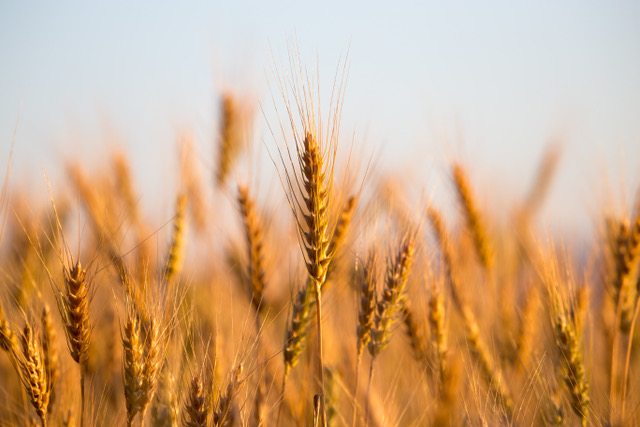With many studies placing food at the center of the discussion when speaking about health, is no surprise that in recent years consumer confidence in the safety of the U.S. food supply has been impacted. According to a recent study from the International Food Information Council Foundation’s Food & Health Survey, 61 percent of Americans are “somewhat confident” in the safety of the food supply, down from 66 percent in 2016. Although costs and access to food are top barriers for many Americans, 59 percent of the people that participated in the survey said that sustainability of food is important for them.
In the search of alternatives to what is driving right now the world’s food production and industrialization of agriculture, the first International Conference ofWheat Landraces for Healthy Food Systems took place this past month of June in Bologna, Italy, bringing together researchers, farmers, millers and bakers from 22 countries with an interest in discussing some of the most pressing topics and research in areas such as landraces, including modern populations, ancient and heritage wheat with a focus on health and nutrition as well as natural flavors and aromas.
Landraces are one of those topics that deserve special attention due to the role that this process can play in the future of food supplies and its remarkable nutritional benefits, for consumers and for the land. The definition of a landrace is a local variety of domesticated plant species which has developed and adapted to the natural and cultural environment in which it lives. It differs from a cultivar which has been selectively bred to conform to a particular standard of characteristics.
Traditional farmers started planting diverse assemblages of wheat landraces to lower the risk of failure of the crops and increase food security since they had limited capacity to control the spatially heterogeneous and unpredictable environments. This practice was affected by changes of the wheat farming systems in developing countries during the last 50 years -mainly with the introduction of high-yielding wheat, which caused the loss of genetic diversity of the crop as well as the fragmentation of meta-population structures of wheat landraces.
Experts and academics coincide with the necessity of maintaining diversity in the farming systems as a way to face adverse conditions, thus enhancing the food security of local communities. Although there’s still much work to do, the goal of the first International Conference ofWheat Landraces for Healthy Food Systems is precisely to take further steps to overcome the health challenges of modern wheat, as well as production and processing, with a focus on finding solutions to those challenges.
Bob Quinn, PhD, founder of Kamut International and the founder of the Wheat Landraces Conference, announced the second conference in 2020 to give continuation to their efforts throughout the world by creating a new association. “The hope is to further scientific discovery so that the world can be fed with nutritious, healthful whole grains and nurture the planet at the same time. “The solution is there, but the mindset has to change. We cannot feed and nourish a growing population of 10 billion by mid-century with conventional monoculture farming and wheat that many people simply can’t eat.”
 Food
Food Farmers
Farmers Sustainable Living
Sustainable Living Living Planet
Living Planet News
News